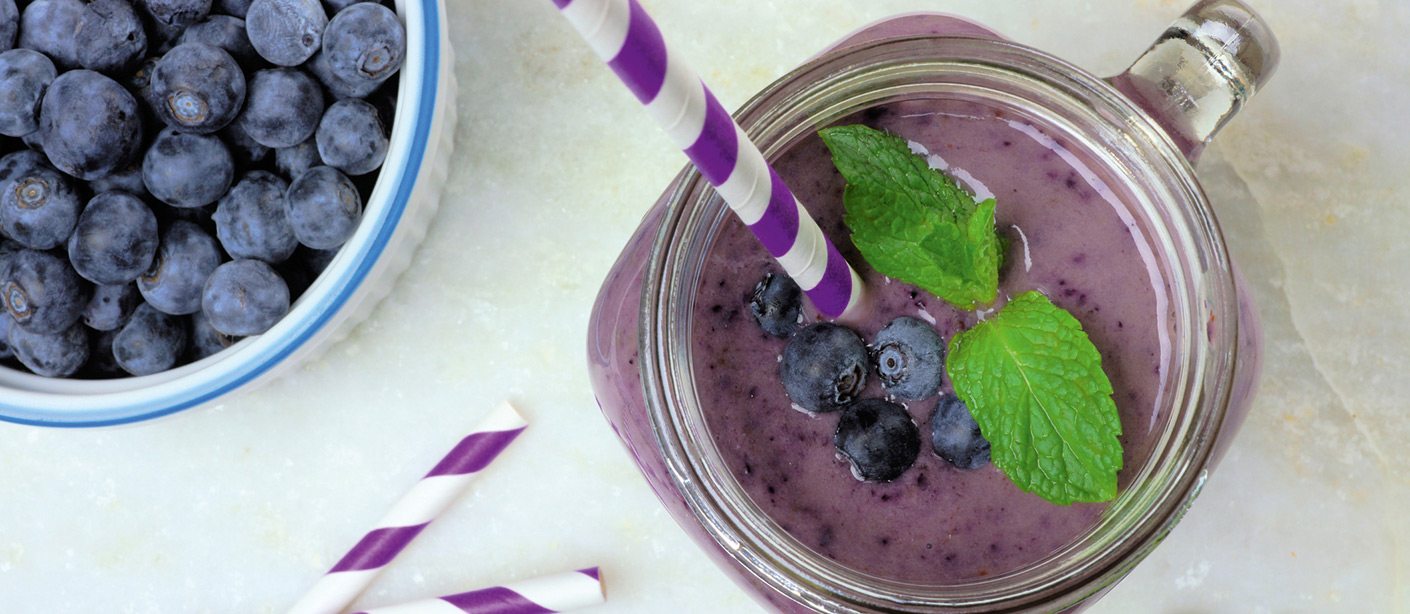1. Tweak Your Diet for Better Blood Sugar Management
A fasting blood sugar level between 100 and 125 mg/dl is considered prediabetes, while a reading below 100 mg/dl is considered healthy for most adults, according to the American Diabetes Association (ADA). Making changes to your diet and maintaining a healthy weight are the most effective ways to lower your blood sugar and keep it at a healthy level.
Small changes, like increasing your intake of fiber-rich fruits and non-starchy vegetables have been shown to effectively lower the risk of developing type 2 diabetes. A healthcare professional, such as a dietitian, can help you make a food plan that includes these key sources of nutrients. In the meantime, here are some healthy eating strategies you can start implementing today:
- Portion control. Choosing the correct portion sizes is key to managing your blood sugar. The ADA has created a simple tool called Create Your Plate to help those living with diabetes or prediabetes create well-balanced meals using the proper portions. On a 9-inch plate, you'll want to fill 25% of it with protein, 25% with whole grains and starches, and the remaining 50% with non-starchy vegetables.
- Healthy snacking. When choosing snacks, opt for those that are low in sugar, sodium and unhealthy fats to avoid blood sugar spikes and weight gain. Healthy snack options like protein-rich dairy products, fruits such as apples or blueberries, vegetables or a small serving of nuts are all good options.
- Plan Ahead. For those with busy lifestyles, planning and keeping on-the-go snacks or nutritional products handy is key. Consider keeping a stash of Glucerna® shakes and bars as grab-and-go options for when you're slammed with meetings at work or rushing to get the kiddos off to school. Glucerna products have blends of carbohydrates that are slowly released and absorbed to help minimize blood sugar spikes. With less than 250 calories per shake and 160 calories per bar, they're a smart, portion-controlled choice.
2. Cut Back on Indulgences and Find Your Zen
Certain lifestyle factors — stress, drinking alcoholic beverages, and smoking, to list a few — can make it harder to maintain healthy blood sugar levels. And while reducing stress is often easier said than done, it's important to make time for yourself and take steps to manage it. Mindful exercises like yoga and tai chi are a great way to find your zen, while also getting in a healthy dose of fitness.
Limiting your alcohol consumption to one glass per day and quitting smoking can also help stabilize blood sugar levels. So instead of winding down after a long day's work with a few beers, try taking a walk, spending time with friends or family, or maybe pick up that book that's been collecting dust.
3. Incorporate Exercise Into Your Normal Routine
There's no doubt that exercise is great for everyone, but for those with prediabetes, it's a vital component of treatment. During physical activity, your body uses excess sugar in the bloodstream as energy for your cells and muscles. So instead of this sugar sitting around and turning into fat, it gets burnt off and put to good use through exercise.
According to a study by the ADA, people with diabetes who exercised moderately for 30 minutes, three to four times a week, maintained healthy blood sugar levels for almost three hours longer each day than the non-exercising group. The effects of high blood sugar can include nausea, loss of breath, and the eventual development of type 2 diabetes. Through this physical activity alone, this group lessened their exposure to these risks.
It's important to note that if you're starting an exercise routine for the first time, it's best to build up gradually to the recommended 30 minutes a day. So, start small, and break it into increments if needed — three ten-minute walks can be far less daunting than one long one, after all. One of the most common causes of low blood glucose is too much physical activity. In fact, moderate to intense exercise may cause your blood glucose to drop for the next 24 hours following exercise.
4. Know You Don't Have to Take This Wellness Journey Alone
The Centers for Disease Control and Prevention estimates that 84 million American adults-more than 1 out of 3-have prediabetes. Of those with prediabetes, 90% don’t know they have it.
If you need to speak to a professional about your diet or other prediabetes treatment questions, try Glucerna's Ask a Dietitian online chat service or find a registered dietitian in your area. If you have personal medical questions, keep the line of communication open with your doctor, and be sure to make regular appointments to track your progress.
A prediabetes diagnosis doesn't have to turn your world upside down. While it's normal to feel a little overwhelmed when facing something new, taking these steps may improve your chances of avoiding type 2 diabetes entirely. Making a few simple changes now can add up to a lifetime of better health.




Social Share